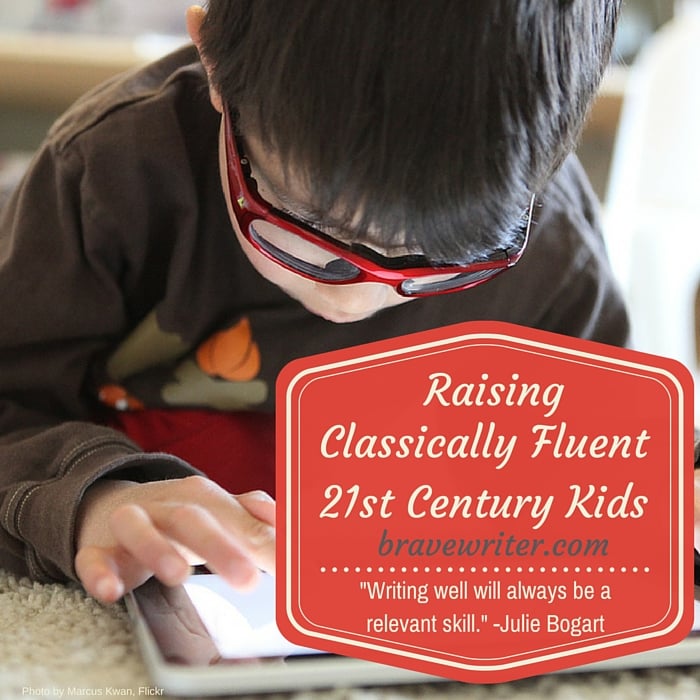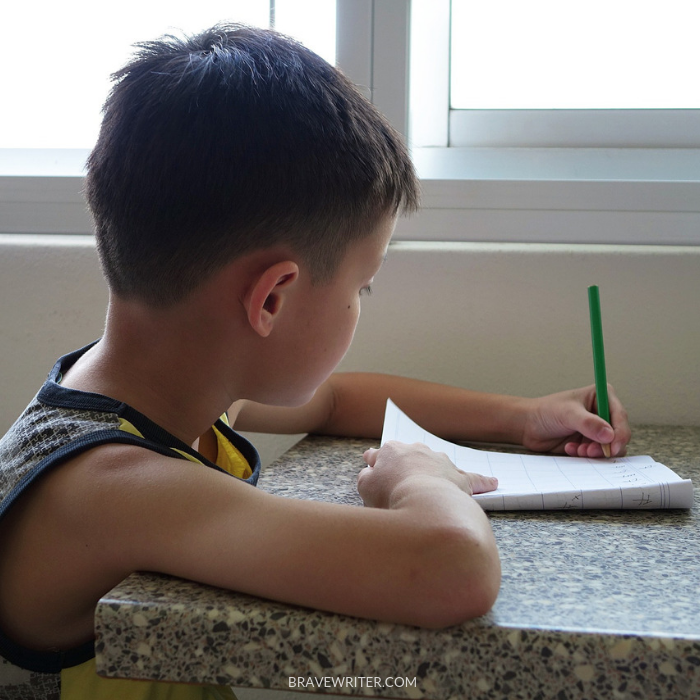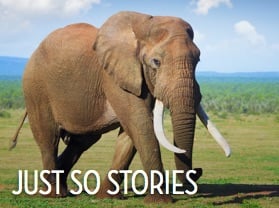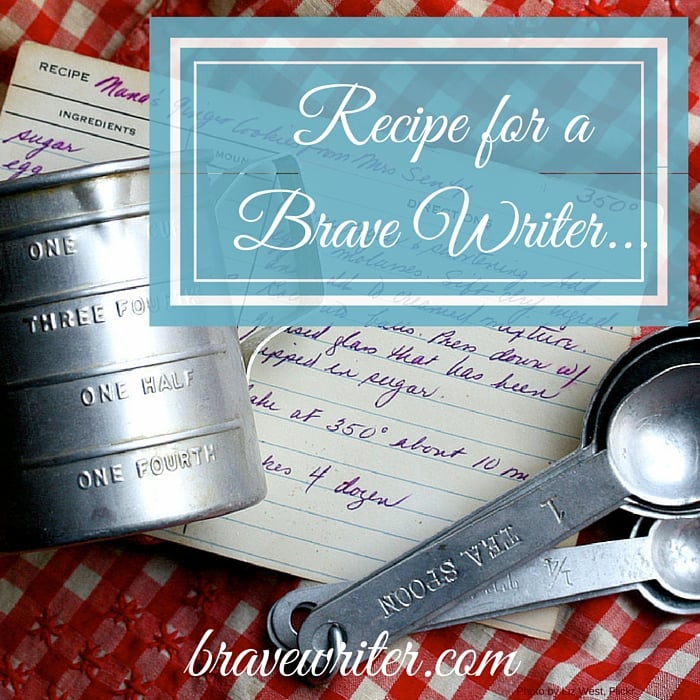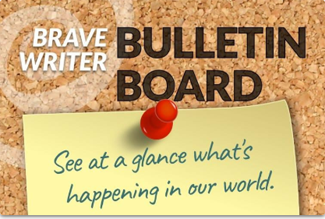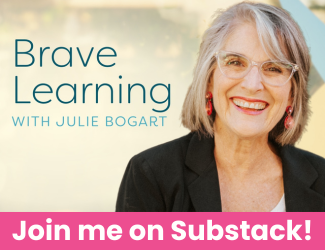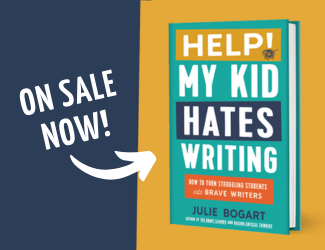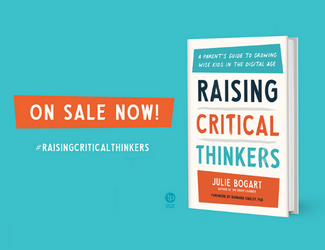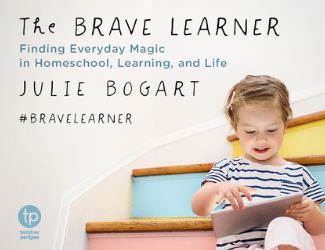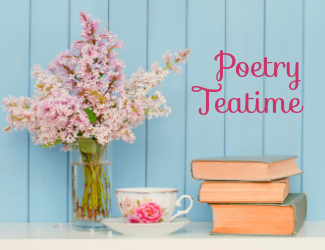Learning in the 21st Century: our natural environment
Sometimes when I read discussions related to a classical education or Charlotte Mason or any other form of educating that relies heavily on reading and writing, I find myself inwardly qualifying the advice. We live in the 21st century. We have the Internet. We have DVDs and DVRs, radio and cable, telephones and podcasts, digital cameras and video games, computers and ipods.
When we read the classics, we inform our minds of other modes of speech and writing that went before our time. We round out our contemporary linguistic habits with a wider vocabulary, we develop a palette of images and metaphors, myths and legends from which to draw when we write. We honor and discover people of the past and learn the ways in which we are who we are because of their contributions to literature, philosophy, history, religion and science.
These are all good and I encourage all of us to visit the library, or alternately, to buy books and strew them throughout the house, to go to Shakespeare’s plays and visit art museums, to test out Archimedes’s lever and to see the stars through a telescope for yourself. Study history chronologically if that works best for you.
The ability to write well will always be a relevant skill.
In addition to all of these wonderful ways of learning, though, please don’t forget that today’s world has all kinds of resources open to you that will enhance the learning experience.
Technology can enhance the learning experience:
We purchased iLife for our Mac computers. The program includes a variety of ways to manage digital photos, to create blogs and DVDs, to set up slide shows and to create pod casts.
My 14 year old was enthralled with all the technological possibilities. Immediately, he made several slide shows to music from our trip to Italy last summer. Then he set up a blog to organize our photos and to post them for family. After that, he started playing with the pod cast software. He and Caitrin became enraptured with the idea of being radio personalities—broadcasting to family on the west coast. They developed a little show that they call “Intelligent Conversations with Caitrin and Jake.” They added music and voila! A way to communicate that was less formal than a speech, but more formal than a phone call.
The possibilities suddenly poured in. Jacob saw that he could make a weekly podcast that would tell something about a book or movie he had read that week. We made a list of ideas: history, science, literature, movies, music, and business. These are all subjects he enjoys. His older sister got home later that day and they set up a long interview with her. I listened as they attempted to imitate radio show hosts they’d “heard over the years” intuitively, with style and panache.
We aren’t the only ones taking advantage of the 21st century tools at our disposal. Today’s colleges expect that kids will arrive equipped to use PowerPoint (I’ve used it in half of my graduate courses), to do Internet research, and to know how to publish in Word or PDF formats, to participate in online forum discussions, to use online library reserves, and more.
Technologically advanced Brave Writer students are also using:
Online Journals or blogs
These can be used for writing about topics of interest, such as favorite movies, WWII tanks, baseball records, book reviews, history narrations, biographies and more. Invite family members to read what is posted. Instant audience.
PowerPoint
One Brave Writer family uses PowerPoint to create interesting lectures related to historical topics. The child chooses an area to research and then creates a powerpoint lecture that includes visual aids (pictures, illustrations, graphs, screen captures, movie clips). PowerPoint encourages organization, fact selection and communication skills.
PodCasts
Podcasts provide the ideal setting for oral narration. There is something about a microphone that induces even the most reluctant narrator to speak. Short of podcasting, the old fashioned tape recorder and microphone work just as well.
Internet
Make use of the Internet to supplement what you read. Look up the bio on the author, locate the country on Google Earth, and really see it in real time from a satellite over the globe. Look up the artists you enjoy and see more of their works in museums too far away to visit. Read reviews and critiques of the writers you read to get a wider perspective of the impact of their work.
Additionally, they become comfortable with a modern writing sensibility. Though classic writers endure the test of time and we continue to appreciate them because of their competence, we write for a modern audience. Though we may admire Descartes and Plato, it is unlikely that their writing style in our hands is the one that will connect with today’s audience. As we groom our kids to be effective writers, we want them just as versed in modern writing as we do in classic writing. Today’s effective (read: paid) writers have mastered the kind of writing that appeals to this generation.
The ability to write well will always be a relevant skill.
Don’t make the mistake of disdainful snobbery about the past versus today’s writers either. The ability to write well is important in every era. Each age demands a different kind of writing style to best communicate with its audience. Today, there is a wider range of writing styles to explore than ever. So don’t feel that one is better and another inferior. Rather, learn to write to suit your audience.
Today’s popular writing has become more punchy, more visceral than yester-year’s. Popular writers have to compete with the world of the visual. Images are everywhere demanding our attention, invading our mental space. Dickens’s purple patches of prose are no longer necessary in the world of cable television and big screen movies.
To hold the attention of their easily distracted audiences, today’s writers reach readers through meter (the pacing of the piece – sentence variety), through surprise (the ability to wake up the reader with novelty and humor), through power (the argument must be sophisticated and cogent, not just polemical), through analogy (drawing on the huge resevoir of cultural concepts and news events, legends and histories, myths and religious icons, sports and celebrity, to relate the new to the familiar or vice versa).
Those raised with classical literature, with art and music, with mythology and history have a much wider base to draw from when they write and think. But all of that wonderful exposure must be updated to relate to a world that has gone utterly technological and multinational. So make use of these powerful tools. If you don’t know how to use them yourself, not to worry. Buy the software and turn your kids loose. They’ll be happy to teach you. After all, they are native sons of this age while we are the immigrants who still speak the old language and the new one with an accent.
ETA: Facebook and Twitter are today’s online publishing tools that teens love to use to discover whether what they write triggers response from an audience.
Shakespeare Online! There’s no better example of how we can use today’s technology to saturate ourselves in classical, enduring content. Click on the Bard’s image to check it out!
Image by (cc Modified to add text.)

